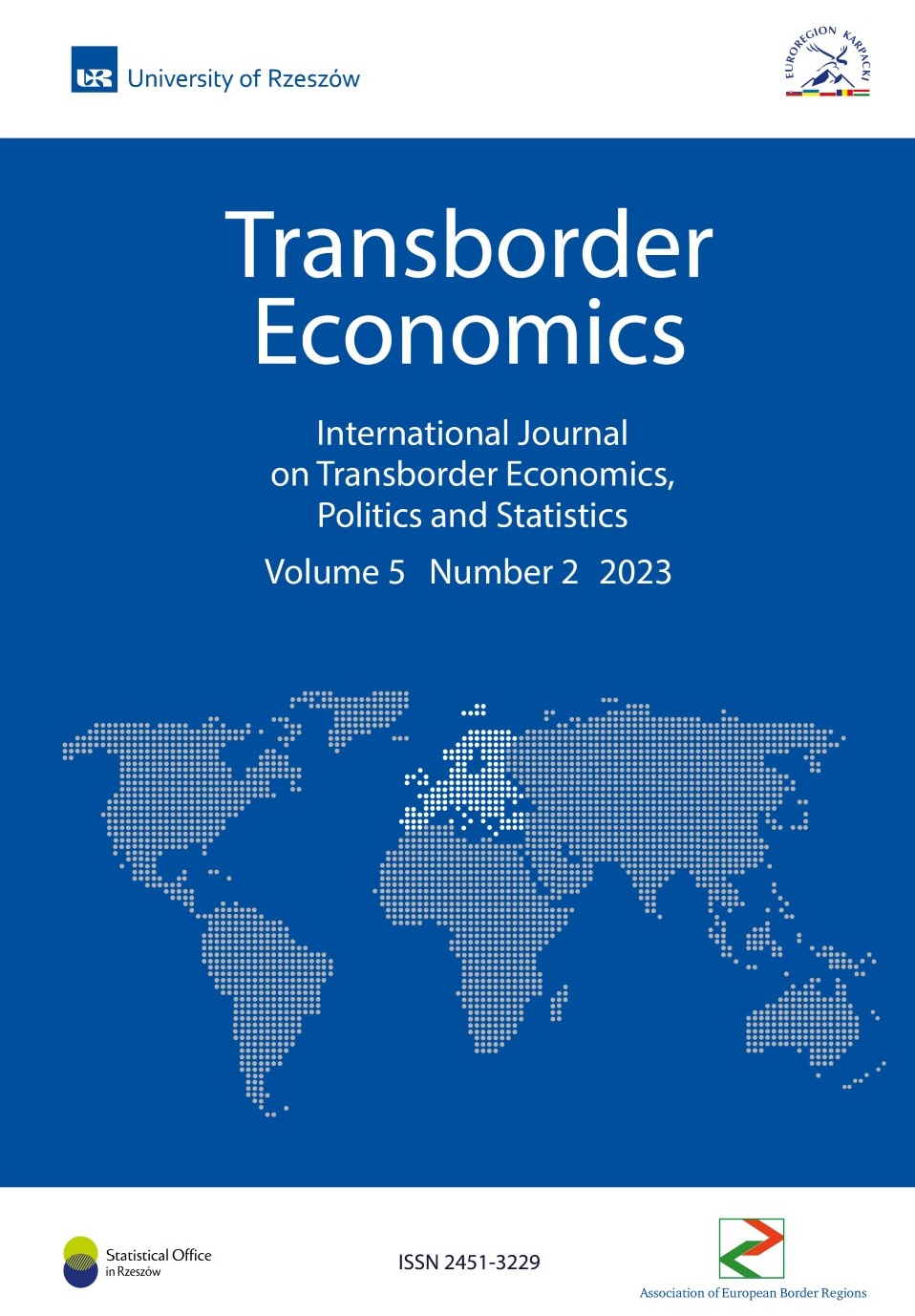Challenges and Opportunities in the Era of Digital Transformation – a Theoretical and Legal Analysis of Human Rights
Słowa kluczowe:
technological transformation, human rights, freedom of speech, access to informationAbstrakt
The aim of this article is the analysis of the impact of modern digital technologies on human rights, representing an issue that requires an in-depth consideration. The exploration of this multifaceted issue focuses on the dynamically evolving legal framework necessary to effectively respond to the emerging challenges posed by the technological developments. In this context, it becomes crucial to define the balance between technological innovation and the protection of fundamental individual rights in order to create an adequate regulatory framework adapted to the pace of progress of digital society. A key research area within this issue is freedom of speech and information, where aspects such as the spread of false information, algorithmic censorship and the right to be forgotten are analysed. The article provides the need for the urgency to adapt legal norms to the dynamic digital landscape, pointing out the necessity to adapt the law to the complex challenges posed by technological advances. The evolution of the international legal framework is also highlighted, citing the International Covenant on Civil and Political Rights, and emphasizing the important role of institutions such as the European Court of Human Rights in shaping the new legal standards of the digital world. The article indicates the need for cooperation between the legal, scientific and technological communities to ensure a balanced and adaptive approach to human rights in the digital age.
Downloads
Pobrania
Opublikowane
Jak cytować
Numer
Dział
Licencja
Prawa autorskie (c) 2023 TRANSBORDER ECONOMICS. International Journal on Transborder Economics, Finance, Politics and Statistics

Utwór dostępny jest na licencji Creative Commons Uznanie autorstwa – Użycie niekomercyjne – Bez utworów zależnych 4.0 Międzynarodowe.


